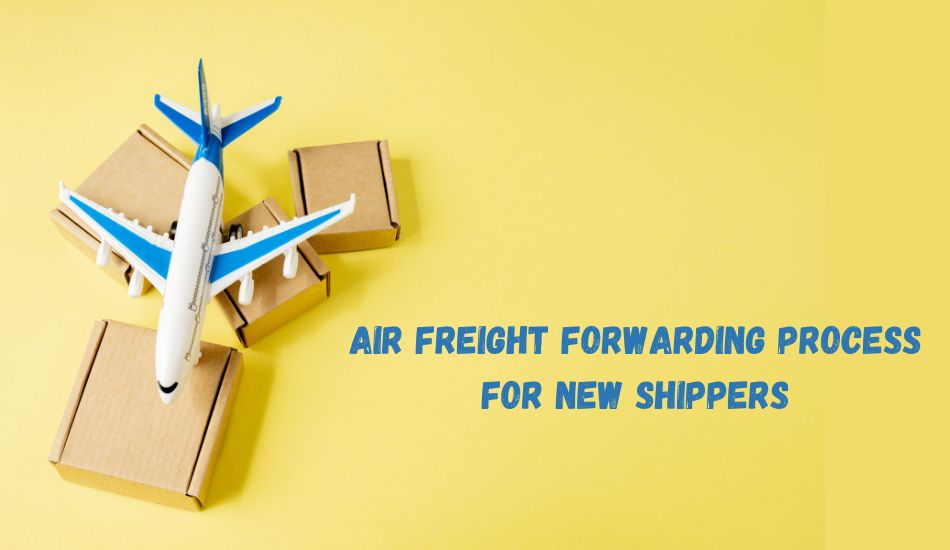
 Ultimate Guide to the Air Freight Forwarding Process for New Shippers
Ultimate Guide to the Air Freight Forwarding Process for New Shippers
The air freight forwarding process is important when it comes to international shipment and is efficient in the shipment of goods. Regardless of the reason, it can be either shipping to new markets or requiring carriage in a short space of time, it is essential to know how air freight shipping works. Here is an outline of information new shippers need to know, as well as how to make the international air freight and air freight logistics process as smooth as possible.
What is Air Freight Exporting and Importing?
Air freight forwarding refer to management of shipment of freight through air transport. Freight forwarders hold the functions of organizing the shipping of goods from one place to another and particularly air freight shipments. This asegures that the process involves the following steps that have to be well planned and then implemented.
1. Planning and Documentation
The first decision that need to be made in the air freight forwarding process is preparing the paperwork. Companies documenting the export will be required to provide other documents including the Air Waybill (AWB) and the commercial invoices and export declaration forms. These documents are almost crucial for customs purposes if not for the regulation that you want your shipments to meet.
2. SECTION III: How to Select an Air Freight Forwarder
Air freight logistics is therefore crucial for a firm, meaning that choosing the right air freight logistics company is important. Choose a forwarder who has expertise in exporting and importing air freight service and good Carrier connections. They will also make sure that your products are transported effectively, within the right time and all constrain with compliances.
3. Booking Air Freight
Having a forwarder then translates to you booking the air freight as you need it. This extends to the slot space on the airplane which is determined by size and weight then prices that have to be fixed according to this to some of the best flight routes that have to be chosen so as to cater for all the demands.
4. Packaging and Labeling
In the air freight messaging, therefore, packaging and labeling is of paramount importance. Pack your product appropriately and adequately to encapsulate it against flying and be sure to label your products with all the transport and customs information to prevent hold up.
5. Export Customs Clearance
Upon reaching the exports or destination country you are in, your goods need to pass through import customs clearance. This step enables you to confirm with the export laws of your country to ensure your shipment is allows to be shipped. Your freight forwarding usually does this for you.
6. Air Transport
After clearance, your goods will be off loaded in the aircraft for transportation. While in air freight shipment, tracking services offered by your chosen forwarder or airline will enable you to know the progress of your shipment.
7. Import Customs Clearance
When these good are imported in the destination country, they pass through import custom regulation. This means your shipment conforms to the particular country laws and any charges including taxes or duties are paid. This is usually taken care of by your freight forwarder.
8. Delivery to Final Destination
Once your consignment has been cleared at the customs, the consignment will be taken to the end user. Your forwarder takes care of the last mile transport either by road or through railway.
Conclusion
Air freight forwarding might sound like a complex process, but on the side of the forwarder and with proper research and planning even new to forwarding shippers should experience no difficulties. If you follow the above steps, you will have a smooth air freight shipping for your business and the company will grow internationally.
